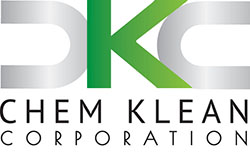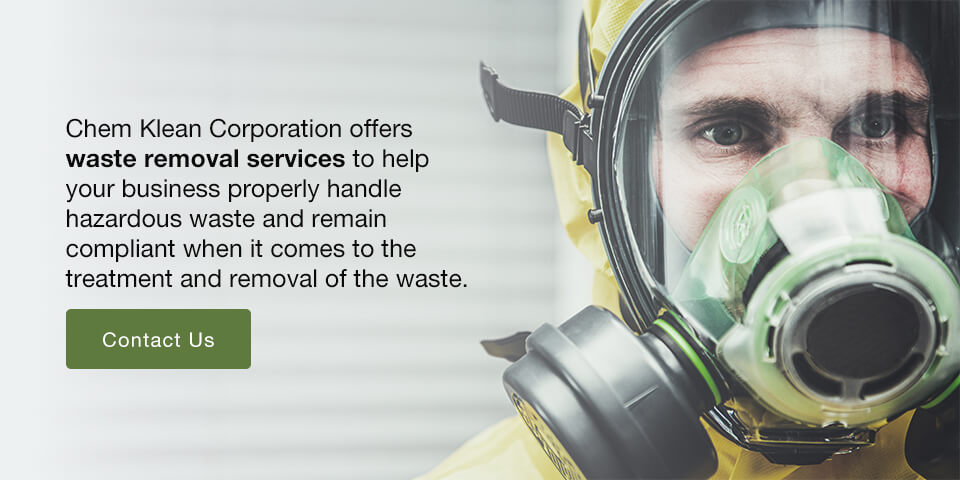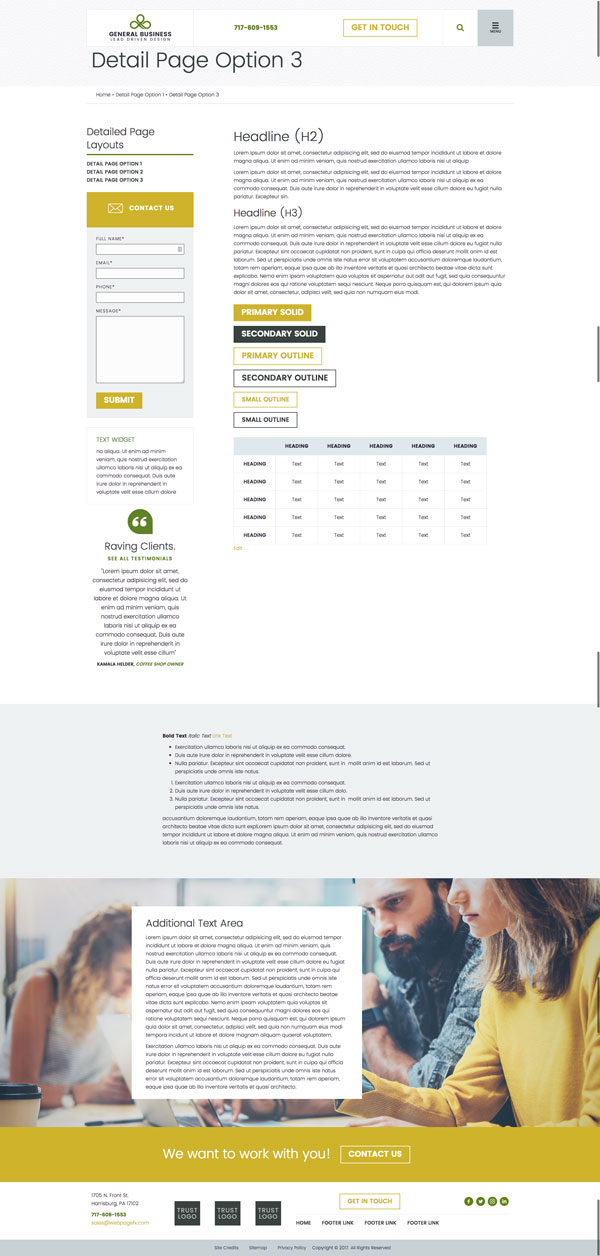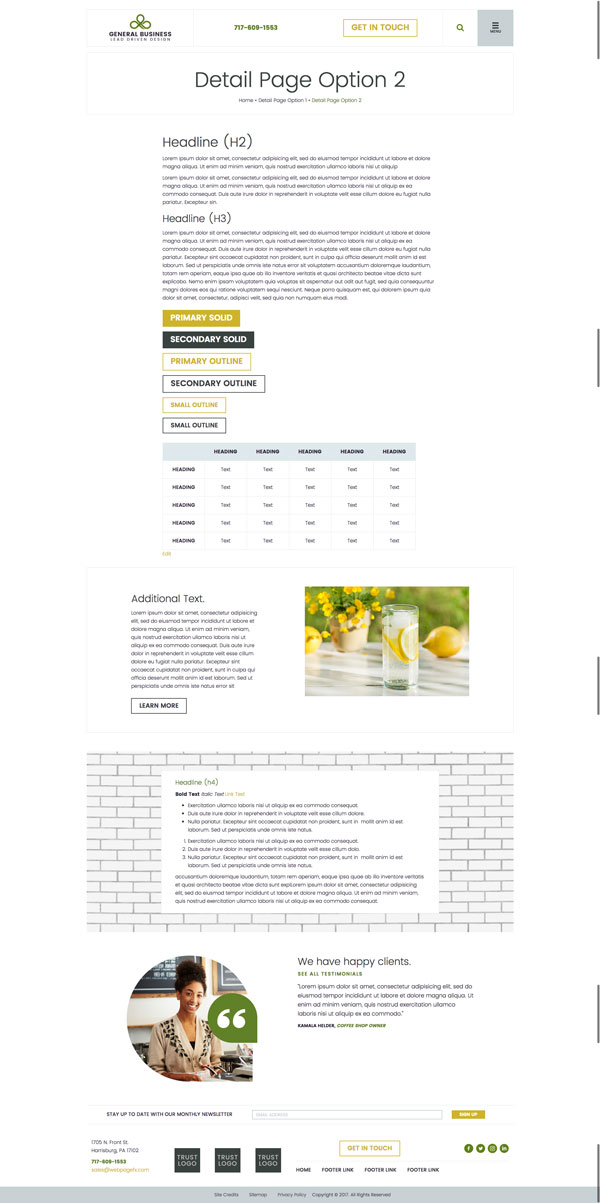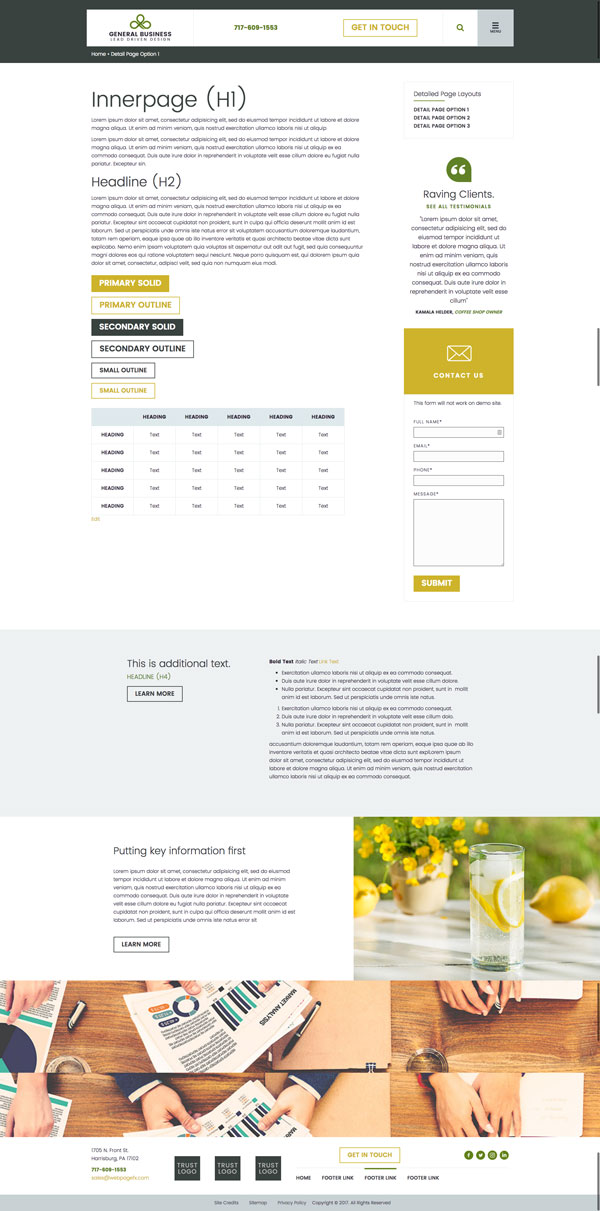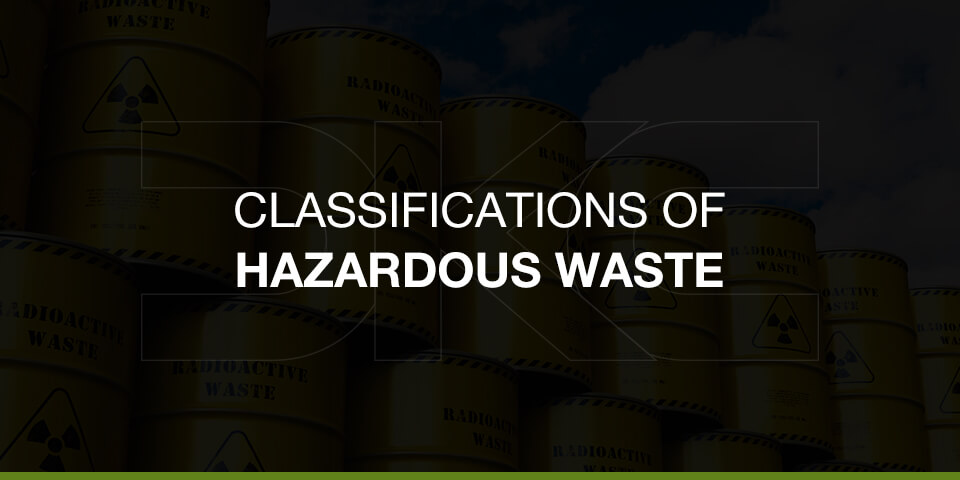
The Environmental Protection Agency (EPA) defines hazardous waste as any waste with properties that are dangerous or could harmfully affect the environment or human health. Because hazardous waste can create detrimental effects, there are specific protocols for handling and disposing of waste depending on the various hazardous waste types. Classes of hazardous waste are necessary because they present different risks.
To better handle and remove hazardous waste from your business, it's essential to understand the different classes of hazardous waste. Here's a closer look at each of the classifications.
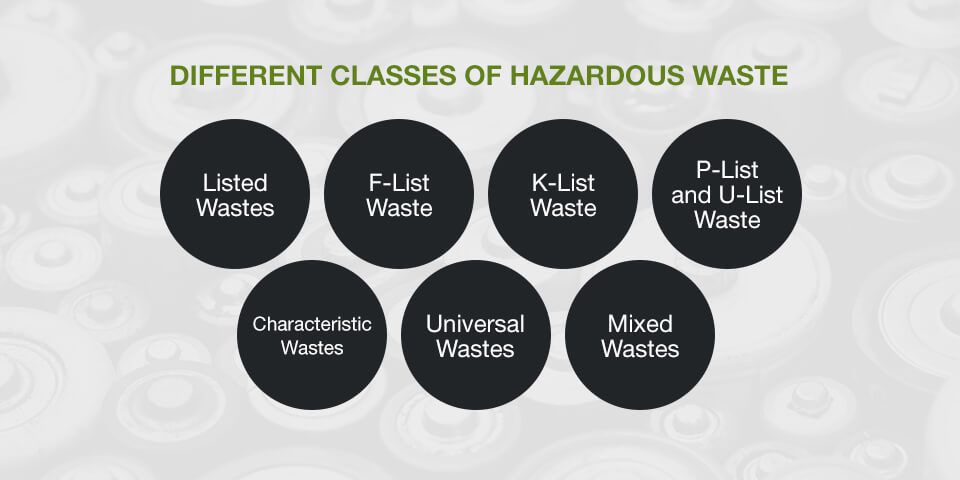
Listed Wastes
There are numerous forms of hazardous waste that classify as listed waste. Listed wastes are broken down into four subcategories:
F-List Waste
These wastes are produced in industrial and manufacturing processes. They don't come from a specific source because they can be produced in various sectors. There are seven ways waste can be identified based on the operation that produced the waste:
- Wood-preserving wastes
- Dioxin-bearing wastes
- Wastewater from petroleum refinement
- Spent solvent wastes
- Multisource leachate
- Metal finishing wastes
- Waste from producing chlorinated aliphatic hydrocarbons
K-List Waste
Unlike F-list hazardous wastes, K-list waste comes from specific industrial and manufacturing sources. Thirteen industries produce this type of hazardous waste:
- Petroleum refinement
- Wood preservation
- Pesticide manufacturing
- Organic chemical manufacturing
- Inorganic chemical manufacturing
- Inorganic pigment manufacturing
- Veterinary pharmaceutical manufacturing
- Steel and iron production
- Explosives manufacturing
- Aluminum production
- Coking
- Lead processing
- Ink formulation
P-List and U-List Waste
P- and U-list waste consists of commercial chemical products that get disposed of despite being unused. These chemicals are either 100% pure, commercial-grade or the only active ingredient in a formulation. The chemicals on these lists must be unused and in commercial-chemical-product form. P-list waste includes acute hazardous wastes, while the U-list waste is more general. The EPA offers a complete archive of hazardous P- and U-list wastes.
Characteristic Wastes
Another of the hazardous waste classes is characteristic waste. There are four possible characteristics of waste that pose a risk, making the waste hazardous. Waste is categorized hazardous if it has any of the following characteristics:
- Toxicity: Toxic wastes are hazardous because they're poisonous if absorbed or ingested by people or animals. Waste with toxic properties must be handled properly to prevent the toxins from leaching into groundwater or polluting other sources that may be ingested.
- Corrosivity: Any waste with acidity levels of 2 pH or less or 12.5 pH or higher is considered corrosive. This means the waste can decompose, rust and melt steel.
- Reactivity: If waste is reactive, it may react with water, be unstable in normal conditions, give off harmful gases or even explode under normal conditions.
- Ignitability: Ignitability is a hazardous characteristic because these types of waste are flammable and have the potential to create fires. This includes compressed gases, liquids with a flashpoint under 140º Fahrenheit or nonliquids that could ignite under certain conditions.
Universal Wastes
Universal wastes are hazardous wastes that are commonly generated. These types of waste are often referred to as dangerous goods because they're most commonly produced and used in everyday life. Light bulbs, batteries, pesticides and equipment containing mercury are all general examples that many people use often. Despite being typical household items, these wastes pose a serious threat.
Because there are so many types of universal waste, these items can be broken down into five universal waste classes to ensure the proper disposal of these items:
- Aerosol cans
- Batteries
- Pesticides
- Lamps
- Equipment containing mercury
While they are still classified as hazardous waste, universal wastes don't require hazardous waste transportation and can be stored for up to a year.
Mixed Wastes
To be categorized as mixed waste, the substance must be both hazardous and radioactive. Because of this mixture, the disposal and treatment methods will vary depending on the type of mixture. The Department of Energy (DOE) plays a significant role in regulating mixed wastes, and the levels of mixed waste are as the following:
- High-level mixed waste (HLW): High-level mixed waste contains high amounts of radioactive material. This waste often requires permanent isolation to ensure the substance is safely handled.
- Mixed transuranic waste (MTRU): Transuranic waste contains radioactive material that has a half-life of more than 20 years and contains more than 100 nanocuries per one gram of waste. There are certain exceptions, like HLW, which will be evaluated by the facility receiving the waste.
- Low-level mixed waste (LLMW): Everything that doesn't fall into the HLW or MTRU categories classifies as low-level mixed waste.
How Is Hazardous Waste Treated and Disposed Of?
The storage, treatment and disposal of hazardous waste are heavily regulated by the EPA. The EPA developed these regulations to help conserve resources while protecting the environment and human health. Thanks to the EPA's well-planned and carefully thought out regulations, there are many types of hazardous wastes that can be safely recycled or treated and disposed of.
Recycling hazardous waste is beneficial because it helps reduce the volume of waste being disposed of and the amount of raw materials being consumed. To prevent improper storage that could lead to hazardous waste contaminations or incidents, be sure your company follows EPA regulations for recycled hazardous waste.
Other types of hazardous waste can be transported to treatment, storage and disposal facilities (TSDF), where they'll be treated for disposal or stored safely. There is typically a higher risk involved when handling the high volumes of hazardous waste at these facilities, so they're also strictly regulated.
How Can Chem Klean Help With Hazardous Waste?
If your business is in an industry that produces hazardous waste, you need a reliable way to transport and dispose of that waste to comply with legal regulations. Chem Klean Corporation offers waste removal services to help your business properly handle hazardous waste and remain compliant when it comes to the treatment and removal of the waste. We work with a variety of industries, giving us the expertise to properly serve your business.
We pride ourselves in offering innovative waste solutions to remove waste from your premises and safely transport it so you can focus on your business's operations. With such stringent hazardous waste regulations, knowing what you need to do to comply can be overwhelming and confusing. With a deep understanding of industrial waste removal, Chem Klean can manage many types of waste, including oil, chemical waste, solid waste and liquid waste.
From waste transportation and disposal to compliance training, contact Chem Klean to find out how our products and services can help you.
